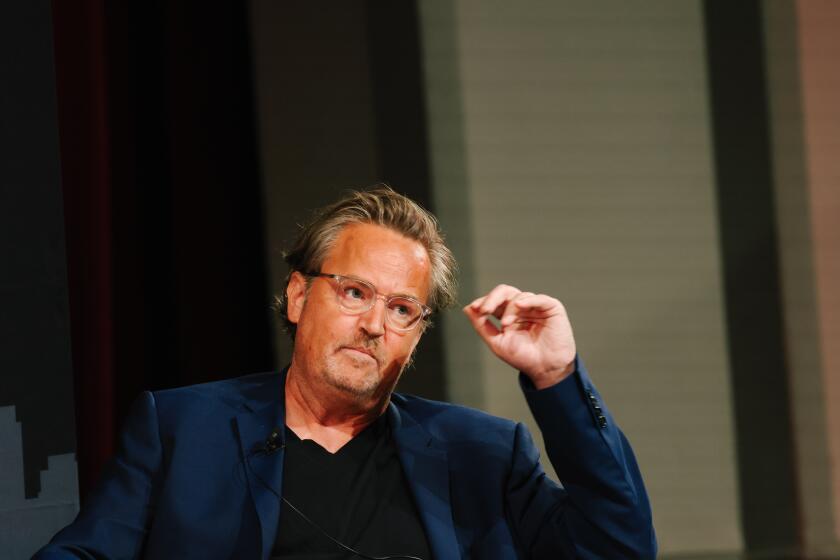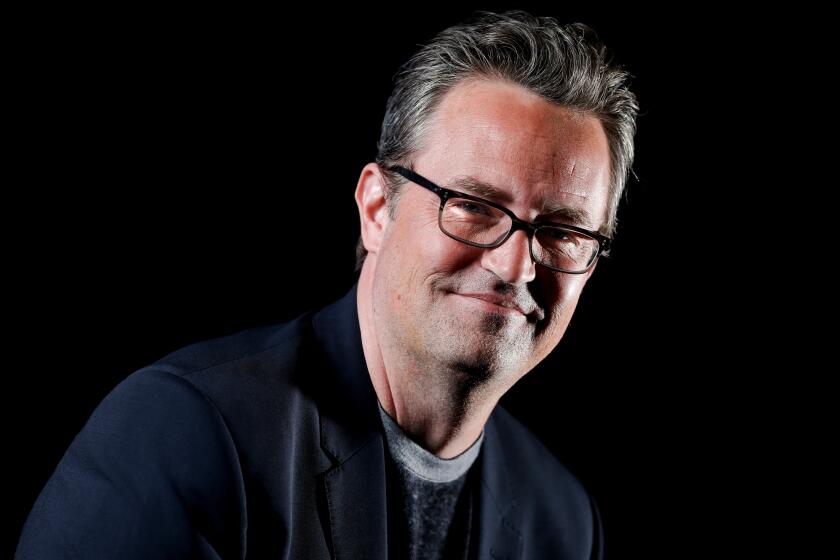Matthew Perry’s shocking last month on ketamine: ‘I wonder how much this moron will pay’
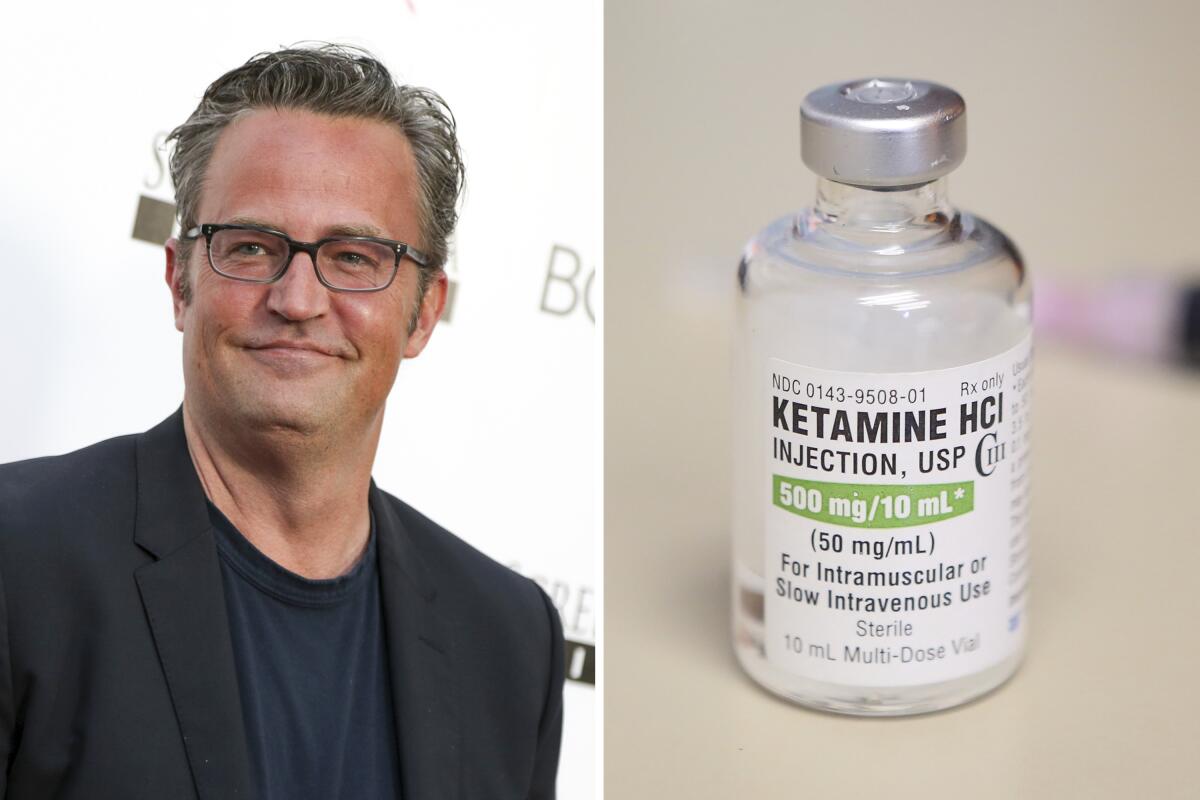
Matthew Perry had tried for years to stay sober, but he was struggling.
The day he died, the “Friends” star asked his personal assistant to inject him with a dose of ketamine at 8:30 a.m. It was the first of three injections the actor would request.
Perry’s longtime assistant, Kenneth Iwamasa, administered another dose roughly four hours later while the actor watched a movie. Forty minutes later, Perry wanted to get in the hot tub. But he had another request.
“Shoot me up with a big one,” Perry, 54, told Iwamasa, the assistant recalled in a signed plea agreement.
Iwamasa filled a syringe with ketamine, gave Perry another injection and then left to run errands. When he returned, his boss was dead, floating face down in the water.
When authorities responded to Perry’s Pacific Palisades home about 4 p.m., they found no signs of illegal drug use by the actor. But his autopsy revealed something mysterious.
Trace amounts of ketamine were found in his stomach, and the level in his blood was about the same as would be used during general anesthesia.
The troubling final days of Perry’s life was detailed by authorities in hundreds of pages of court filings made public this week, a culmination of a months-long investigation that centered on the source of ketamine found in Perry’s body at the time of his death.
Iwamasa, 59, was one of five people charged in a conspiracy to distribute ketamine, a powerful anesthetic, to Perry. Federal prosecutors allege that Iwamasa worked with two doctors — Mark Chavez and Salvador Plasencia — and drug dealers Jasveen Sangha and Erik Fleming to obtain thousands of dollars’ worth of ketamine for Perry in the month before his death.
Los Angeles Times could not reach attorneys for Fleming, Sangha and Iwamasa for comment. Chavez’s and Plasencia’s lawyers said that because of the ongoing case, they would not be taking questions or issuing statements.
Both Sangha and Plasencia pleaded not guilty Thursday.
After federal authorities announced charges against a medical professional allegedly linked to the death of actor Matthew Perry, the popular drug ketamine faces new scrutiny.
Perry, who became a household name playing Chandler Bing on the sitcom “Friends,” had long been open about his challenges with drug and alcohol addiction.
“These defendants took advantage of Mr. Perry’s addiction issues to enrich themselves,” U.S. Atty. Martin Estrada said Thursday. “They knew what they were doing was wrong. They knew what they were doing was risking great danger to Mr. Perry, but they did it anyway.”
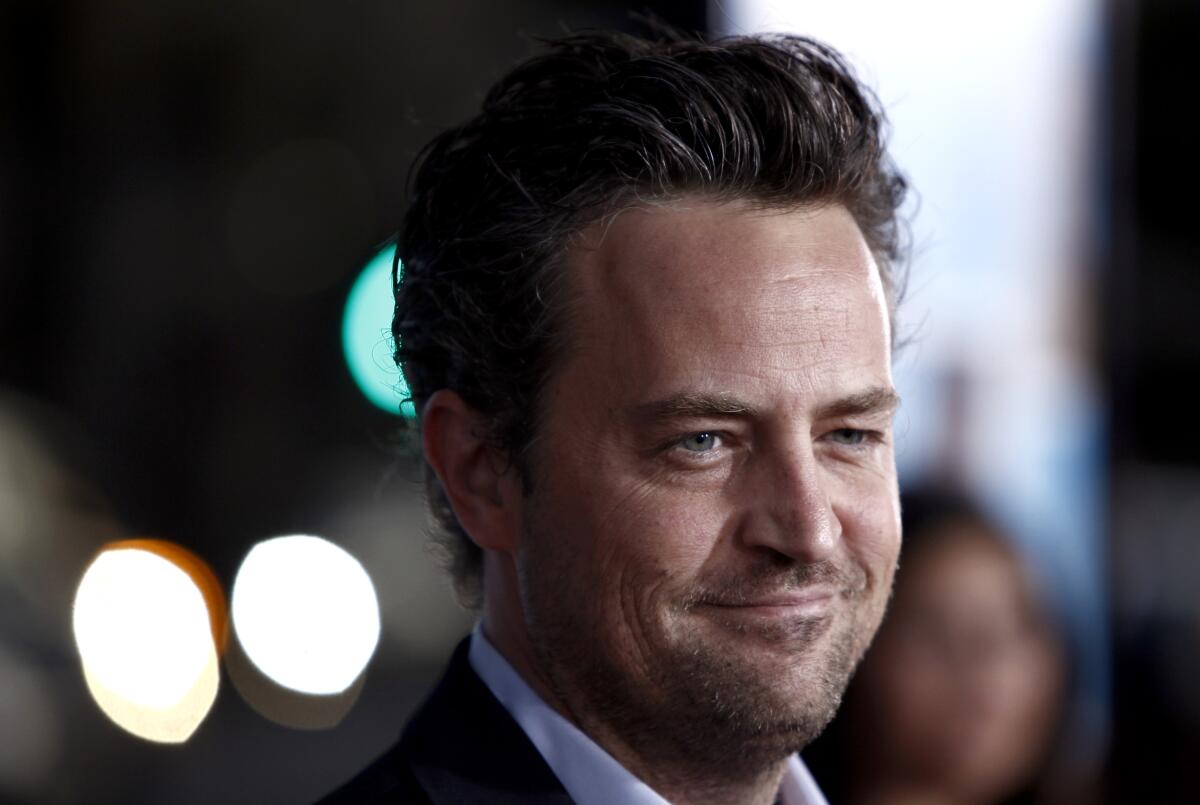
Law enforcement officials said Perry had sought treatment for depression and anxiety and went to a local clinic, where he became addicted to intravenous ketamine.
Ketamine has been increasingly offered “off-label” at private clinics in an effort to treat depression and other mental health disorders. Experts have said some people also snort or inject the drug recreationally to experience euphoric or “dissociative” effects that cause the users to feel separated from their own bodies. At very high doses, it can make people feel immobilized and spur hallucinations. The drug can complicate breathing and increase demands on the heart, experts say.
When clinic doctors refused to increase his dosage, Perry turned to Plasencia, an internist who went by the nickname “Dr. P.” On Sept. 30, Plasencia sought the help of another doctor, Chavez, who had experience with ketamine.
In text messages with Chavez, Plasencia pondered how much to charge Perry for the ketamine, writing, “I wonder how much this moron will pay” and “lets find out,” according to an indictment filed in court.
Chavez said he could provide liquid vials of ketamine and ketamine lozenges, a compound of the drug that can be taken orally. Chavez later admitted to investigators that he obtained the lozenges by filling out a fraudulent prescription.
After picking up the drugs, gloves and syringes from Chavez in Costa Mesa, Plasencia drove the 56 miles to Perry’s home and injected him with two doses of ketamine. He left behind at least one vial for the actor and walked out of the home with $4,500, according to a plea agreement.
Afterward, Plasencia texted Chavez, saying that meeting Perry was “like a bad movie.”
By Oct. 1, the two discussed getting more ketamine for Perry. Through their conversations, Plasencia made it clear that he was unfamiliar with treating patients with ketamine and at one point said that Perry told him he wanted to take the powerful drug to help him quit smoking. Prosecutors allege Chavez should have known this was not a reason for ketamine use.

But the actor appeared to be an eager customer.
On Oct. 2, Iwamasa texted Plasencia to purchase more ketamine. The doctor messaged Chavez: “If today goes well, we may have repeat business.”
“Let’s do everything we can to make it happen,” Chavez wrote back, according to a plea agreement.
Two days later, Iwamasa again texted Plasencia to order more of the drug, which he referred to as “dr pepper.”
“Found the sweet spot but trying different places led to running out,” Iwamasa texted the doctor. By the afternoon, the need for the drug was urgent. “I need some [ketamine] now can I come to you please?” he texted. “How many cans are you bringing? And when do you think youd be here?”
Often an overdose is seen as a failing of the victim. But the sordid case to emerge from the “Friends” star’s death shows there are many people in the chain of blame.
Iwamasa continued to buy additional vials from the doctor, but he was beginning to look for another source for the illicit drug to keep up the supply.
On Oct. 10, Plasencia told Chavez he injected Perry with ketamine in a parking lot near the aquarium in Long Beach, according to the plea agreement. Chavez called Plasencia to reprimand him for “doping people” in cars and in a public place where children were present.
Two days later, Perry received a ketamine infusion treatment from a doctor at a clinic. After the treatment, Iwamasa contacted Plasencia to buy more ketamine. They met at Perry’s home, where the doctor administered a large dose to the actor, which caused his systolic blood pressure to spike and his body to “freeze up” so severely that he couldn’t talk or move, according to court records.
“Let’s not do that again,” Plasencia told Iwamasa. He left more ketamine for Perry before he departed.
Chavez eventually told Plasencia he could not provide any additional ketamine because the Medical Board of California was investigating an allegation that he took the drug from his former clinic, according to court documents.
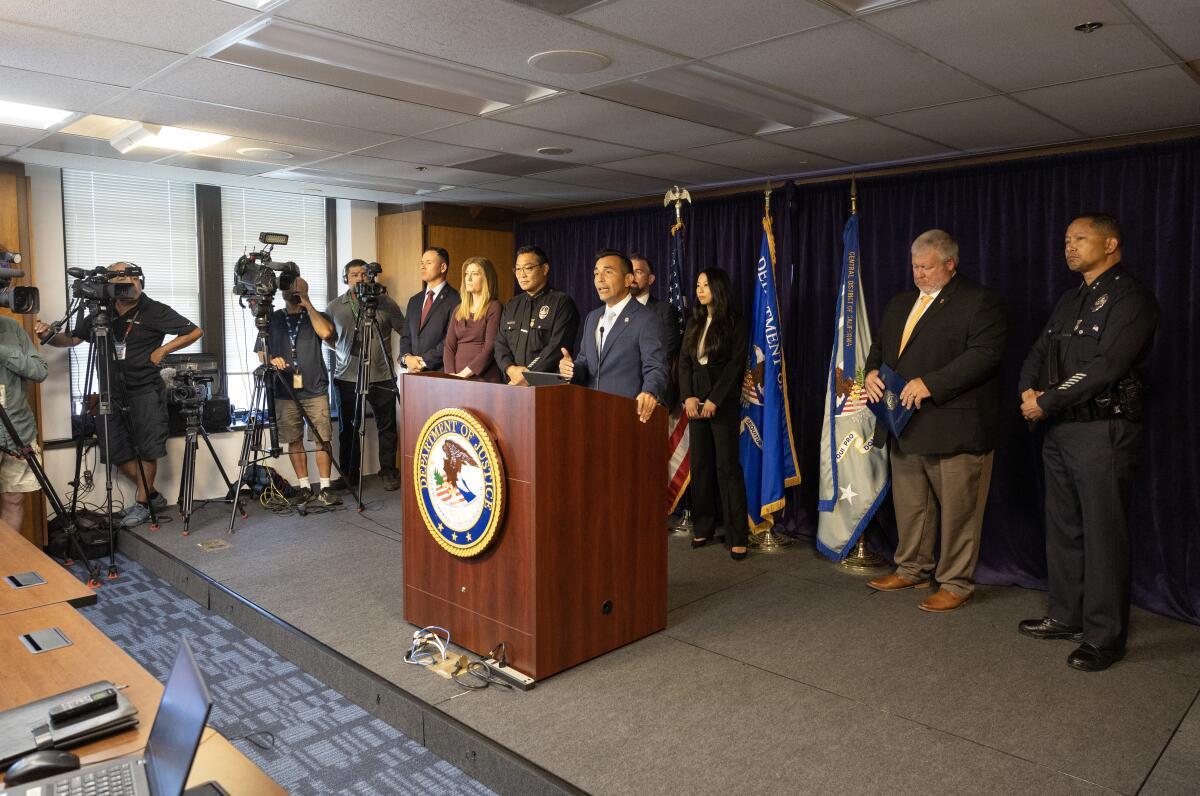
At one point, Plasencia suggested he and Chavez start their own ketamine clinic. But there were signs their relationship was fraying. Chavez said they could start the venture if they treated patients in the clinic.
“Oh so you don’t agree with the method i am currently doing?” Plasencia wrote in a text message, referring to their arrangement with Perry.
“It’s not what I think it’s what an entity like the California medical board would view it ... or the DEA,” Chavez wrote back.
In total, the doctors distributed 20 vials of ketamine to Perry for $55,000 in cash, charging him $2,000 for a vial that cost Chavez $12, authorities said.
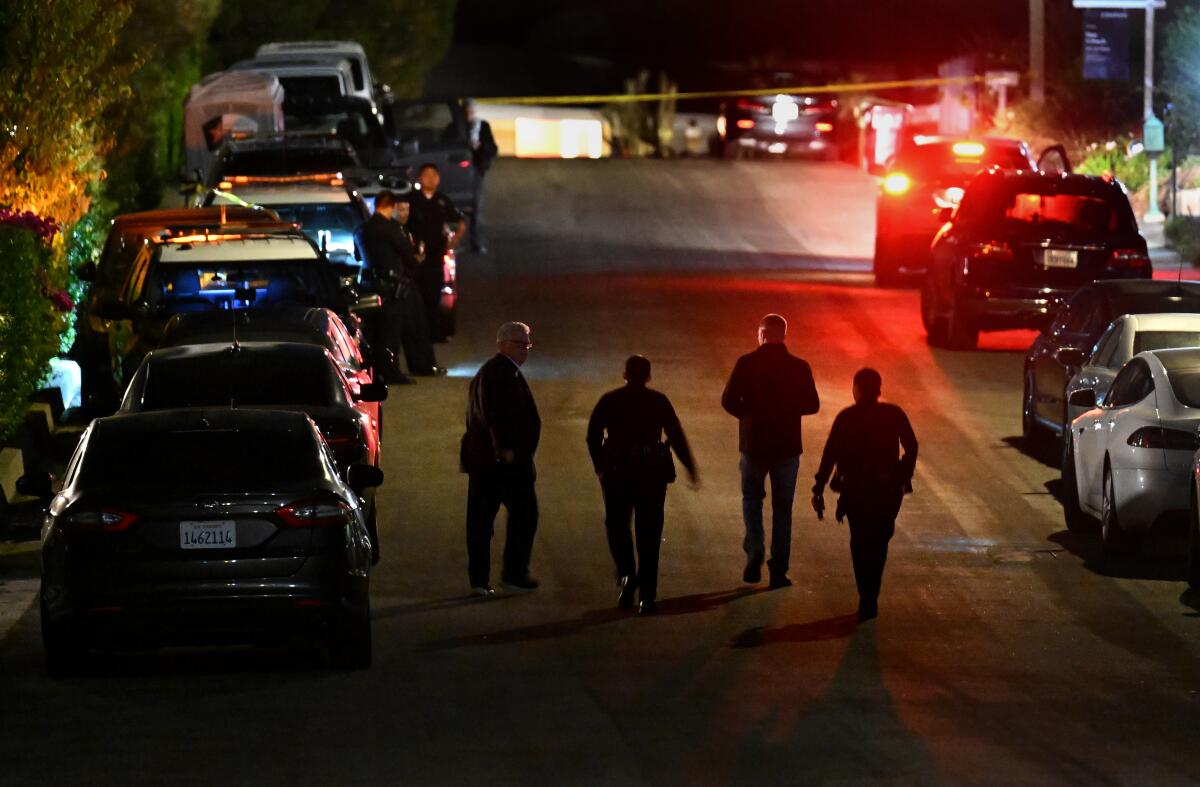
By mid-October, Perry and his assistant had turned to Fleming — an acquaintance of the actor’s — who had a source that could provide the drugs at a lower cost.
On the same day the doctor injected Perry in Long Beach, another deal with Fleming was in the works. Fleming texted Perry that he had “a bunch of the K in liquid,” which he would sell at a “good price” and a “fair tip” for delivering it, according to a plea agreement.
Fleming was put in touch with Iwamasa to finalize the details. He texted the assistant a picture of a ketamine vial with a photograph of a horse on the packaging. Ketamine is used in veterinary medicine as a tranquilizer.
On Oct. 11, Fleming sent Iwamasa screenshots of his communications with Sangha, who is known by her customers as the “Ketamine Queen.” Fleming told him the woman “only deals with high end and celebs. If it were not great stuff she’d lose her business.”
Iwamasa responded that Perry was only interested in the unmarked ketamine, not the “horsey version.”
Fleming delivered a sample to Perry’s home for $180 two days later. Iwamasa told Fleming the drug “seems good” and asked for more.
The next day, Fleming arrived at Perry’s home with 25 vials, charging $5,500 and pocketing an additional $500 for coordinating the deal. While Sangha had quoted Fleming $160 per vial of ketamine, authorities say Fleming charged Perry $220 per vial.
Ten days later, Fleming delivered another 25 vials to the actor’s home along with ketamine lollipops that Sangha had thrown in as a bonus for the large order.
In the final days of Perry’s life, court records indicate there were signs the actor’s addiction was spiraling out of control. Iwamasa was injecting the actor with ketamine six to eight times a day. The aide had found Perry unconscious at his house on at least two occasions in October.
Less than a week before he died, Perry posted a photo to Instagram of himself under a moonlit sky soaking in the hot tub and looking out onto the west Los Angeles skyline. “Oh, so warm water swirling around makes you feel good? I’m Mattman,” he captioned the post, which was his last on the platform.
After Iwamasa found Perry dead in the hot tub on Oct. 28, he disposed of the ketamine bottles and syringes and “deleted everything” related to the drug deals, he later told Fleming.
Sangha immediately deleted her text messages with Fleming from Signal, an encrypted messaging app, and told him to do the same.
After speaking with Iwamasa, Fleming texted Sangha to reassure her: “I’m 90% sure everyone is protected,” he wrote. “I never dealt with Perry. Only his assistant. So the assistant was the enabler. Also they are doing a 3 month tox screening.”
He ended the text with a question: “Does K stay in your system or is it immediately flushed out?”
More to Read
Sign up for Essential California
The most important California stories and recommendations in your inbox every morning.
You may occasionally receive promotional content from the Los Angeles Times.
